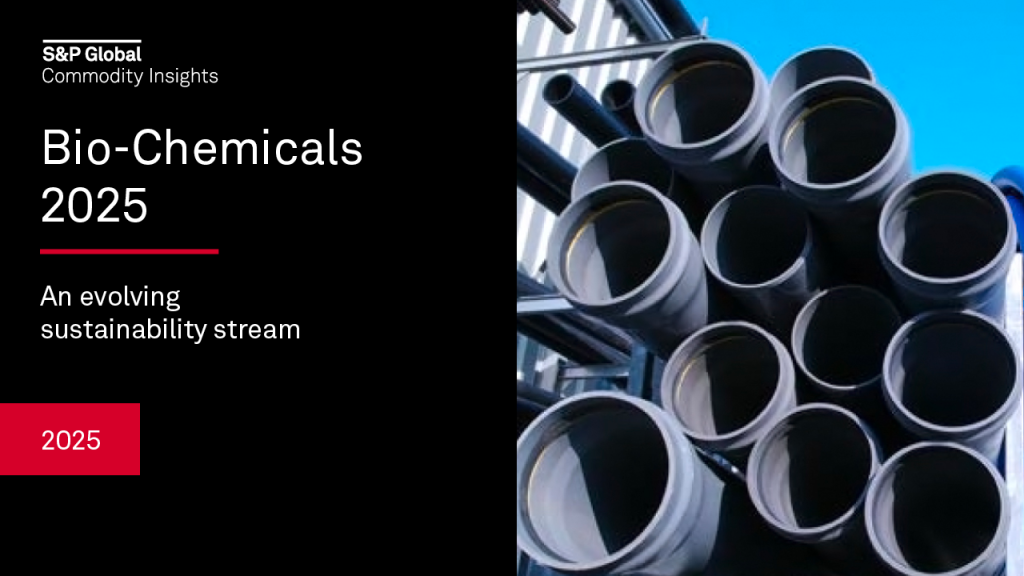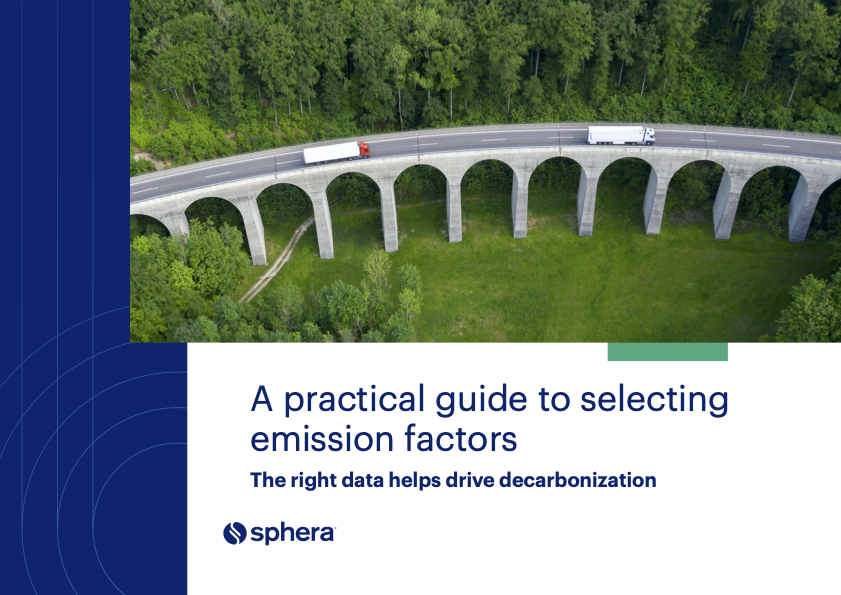Why we must get recyclability labeling right
Amid increased regulation and skepticism about recycling, new data suggests consumers still want to recycle and want on-pack instructions. Here are 3 findings from research on recyclability labeling. Read More

Recycling — not to mention claiming that something is recyclable — has become a hot-button topic: Does it “exist?” Is it “real?” Do you “believe” in it?
Part of what makes recycling contentious is that the promise only manifests if everyone plays along. From on-pack and in-store consumer education, to at-home disposal and curbside collection, to sortation, reprocessing and end markets, a lot of players are involved.
What’s the first step in making recycling less contentious? Honest, accurate and impactful on-pack recyclability claims. Labels that educate consumers about if, how and where a package is recyclable are critical for realizing recycling’s full potential.
Here’s what’s true based on consumer and industry research:
Consumers are skeptical and confused, but remain supportive of recycling
Consumers are skeptical about recycling, and overuse of the chasing arrows, the well-known recycling symbol, has contributed significantly to widespread confusion.
How confused are we? A majority of Americans incorrectly believe that plastic is the most recyclable material. At the same time, more widely recyclable packaging such as cardboard boxes, milk jugs and steel cans are still typically trashed — 76 percent of recyclables are lost to trash in homes. Nationwide, low recycling rates have been tied to low consumer participation, which stems not from a lack of engagement but from insufficient communication.
Despite all this, consumers want to recycle more. Research shows that recycling is still “the defining behavior for an eco-friendly person.” And consumers want companies to make recyclable packaging — a recent Bain survey shows 48 percent of consumers are looking for recyclability in the products they buy.
It’s never been more important to get recyclability labeling right
It’s not just consumer confusion and demand that affect on-pack messaging. Add evolving legislation and lawsuits into the mix, and you have the perfect labeling storm.
The heavy hitter in legislation is California’s Senate Bill 343, passed in 2021. It’s a “truth in labeling” law that aims to improve the quality of on-pack recyclability messaging by prohibiting the use of the chasing arrows or any other indicator of recyclability on products and packaging unless certain criteria are met. This means producers will be prohibited from selling products or packaging labeled as recyclable unless the items are regularly collected and processed for recycling in the state. Other states have explored similar laws, and federal legislation was proposed this summer.
Since 2020, class actions over “recyclable” claims for bottled water and other products in plastic containers have proliferated. A recent settlement in Minnesota will require Walmart and Reynolds Consumer Products to stop selling plastic bags marketed as “recyclable” for 2½ years. As lawsuits mount, companies should be more careful than ever about communicating and claiming recyclability.
Not all on-pack messages are created equal
This mix of skepticism and high stakes may lead brands to conclude it’s best to not label their packaging with disposal instructions at all. Or, companies might attempt a “bespoke” approach to labeling, using their own words or symbols to sidestep legal and cultural issues with recycling.
In fact, partnering with a third-party program that understands consumers’ needs may be the smartest way to approach the sensitive topic of recyclability labeling. Earlier this summer, the Sustainable Packaging Coalition sponsored consumer research exploring how people respond to different elements of on-pack recyclability labels. More than 1,800 consumers answered questions about labeling elements used by our sister program How2Recycle, which offers the most recognizable on-pack disposal instructions across North America.
We found that more than 91 percent of consumers recognize the “recyclable” chasing arrows symbol, and nearly 84 percent recognize the How2Recycle label specifically. This means there is a strong case for building on existing momentum by using established labeling programs and symbols.
We also found that people are most influenced by the symbols on labels, more so than words. As materials become less recyclable, people want a corresponding change in symbols. If an item is not recyclable, there should be a unique symbol, such as a trash can, to indicate this.
Most importantly, people want more information that helps them recycle. Companies should tell people what to do, in chronological order, with less room for interpretation. This means moving away from vague “recycle me” instructions or “recyclable” claims that are not substantiated with further instructions on how and where to recycle.
The How2Recycle program will be making changes to its labels to reflect this research and best practices. Instructions for how to prepare materials for recycling will be streamlined, so that consumers are reminded to “empty and recycle” yogurt tubs, for example.
Making recycling “real” starts with brands getting real with consumers about what is and isn’t recyclable. Using a third-party program to label packaging, rather than winging it on their own, can help companies avoid contributing to the narratives that have lowered confidence and increased confusion.















